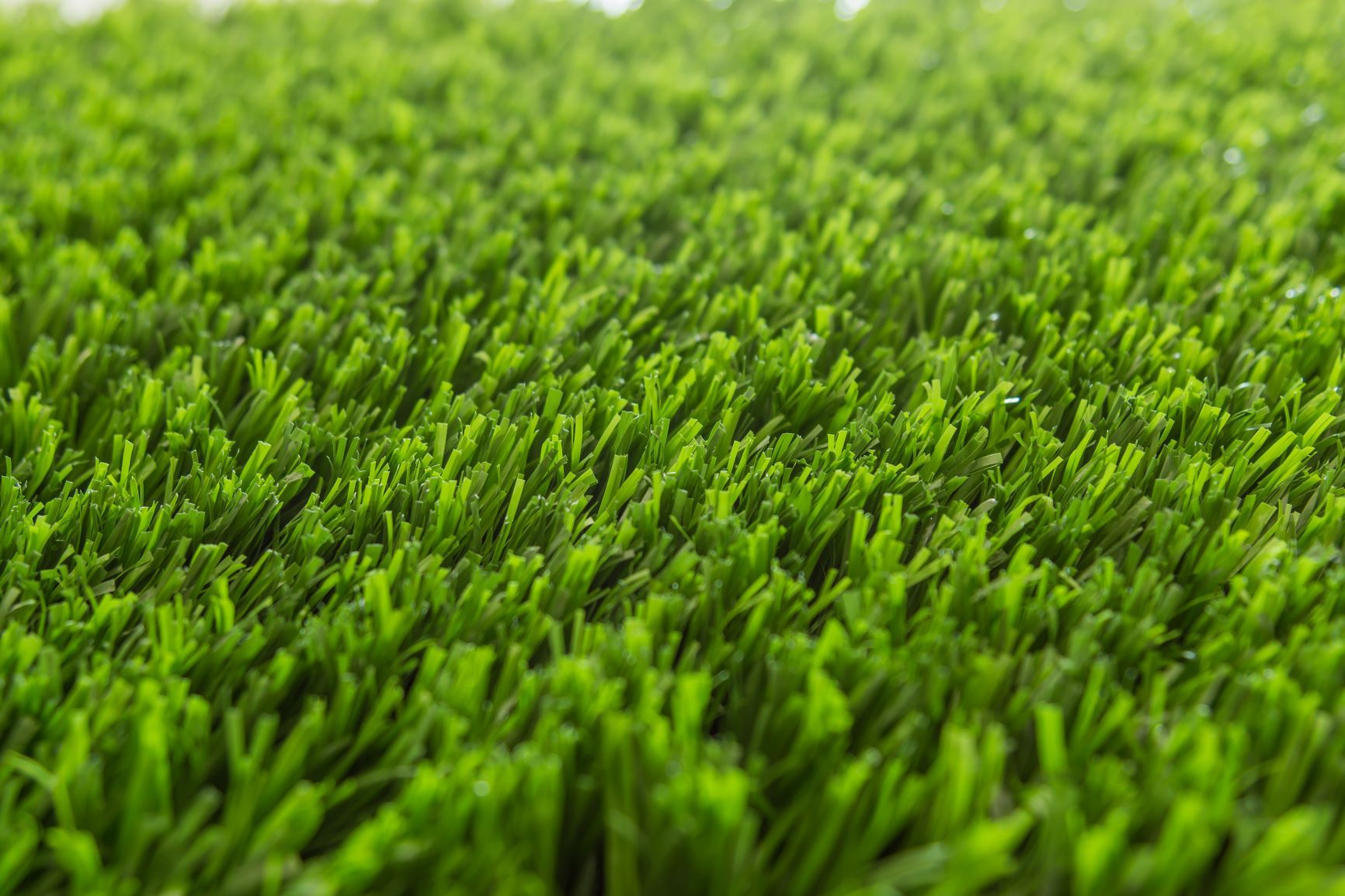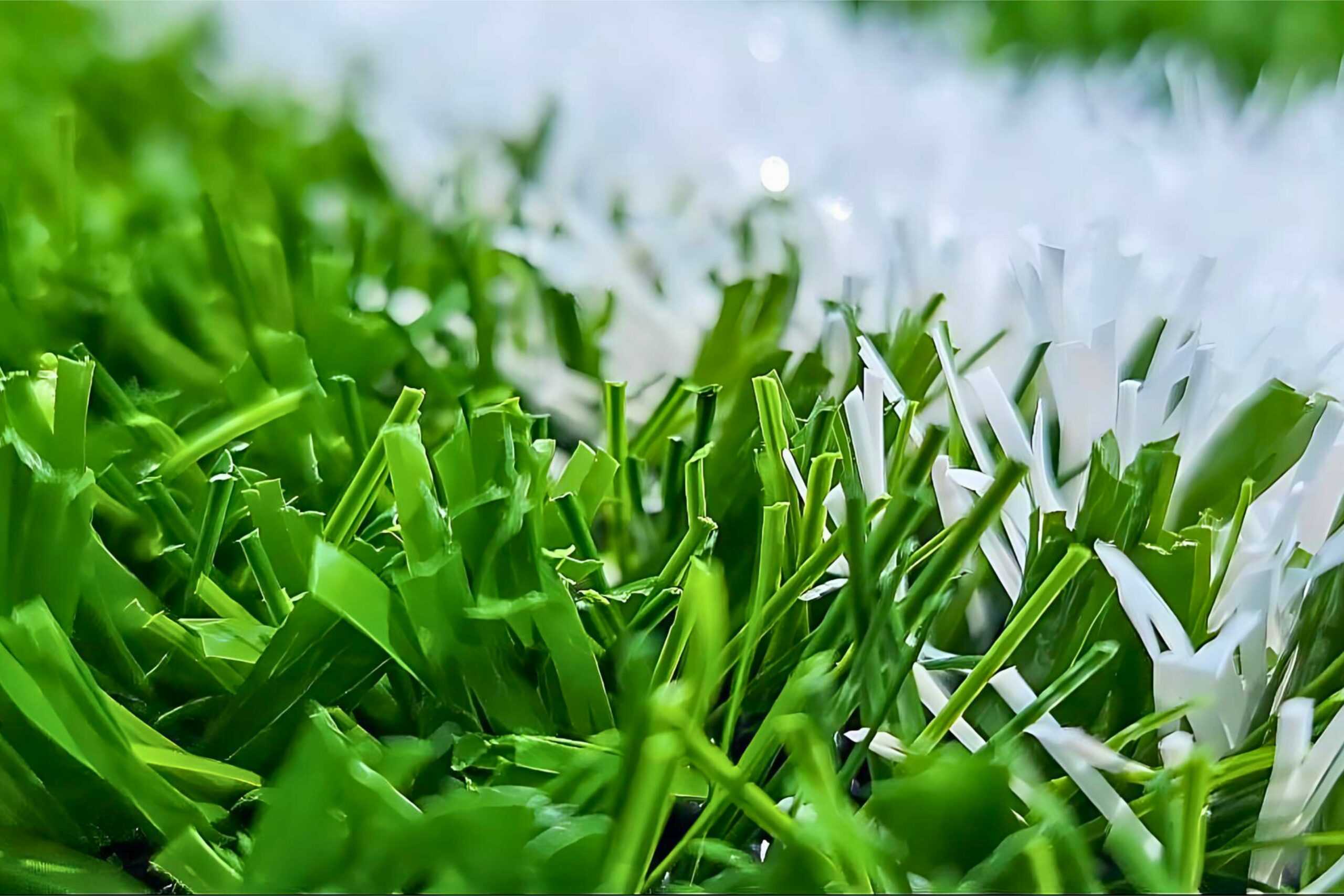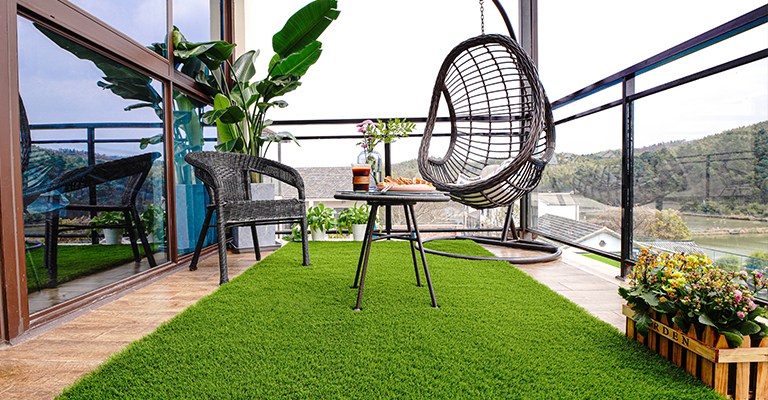Luxury Arizona Turf Installation Solutions for Residences and Commercial Properties
Luxury Arizona Turf Installation Solutions for Residences and Commercial Properties
Blog Article
Look Into the Environmental Benefits of Opting for Synthetic Grass Solutions
The fostering of synthetic grass services offers an engaging possibility to address pushing environmental obstacles. By substantially minimizing water use and minimizing the application of harmful chemicals, these options not only advertise lasting landscape design yet also protect local ecosystems.
Water Preservation Perks
One of one of the most substantial benefits of synthetic grass is its capability to preserve water. Conventional grass lawns require substantial watering, particularly in locations vulnerable to drought or water constraints. In contrast, synthetic grass does not need watering, dramatically decreasing the total demand for water resources. This attribute is specifically valuable in arid regions where water deficiency is a pressing issue.
By getting rid of the demand for regular watering, artificial turf adds to lasting landscape techniques and aids reduce the environmental effect of too much water usage. Additionally, the conservation of water encompasses the reduction of drainage, which can lead to soil disintegration and river pollution.
Additionally, the installment of synthetic grass permits districts and homeowners to designate water resources a lot more efficiently, concentrating on important uses such as drinking water and agriculture. The change in the direction of synthetic grass not just promotes responsible water usage yet likewise aligns with wider ecological goals focused on protecting all-natural resources.
As communities significantly focus on sustainability, the water conservation benefits of synthetic grass offer an engaging situation for its adoption in industrial and household landscaping jobs.
Lowered Chemical Use
The transition to synthetic grass significantly decreases the dependence on chemical therapies commonly utilized in all-natural grass maintenance. Conventional lawn monitoring typically involves the application of herbicides, fertilizers, and chemicals to advertise growth and control pests. These chemicals can pose threats to human wellness, local wild animals, and the atmosphere, adding to dirt and water contamination.
In comparison, man-made grass gets rid of the demand for these hazardous materials. By decreasing the launch of synthetic substances into the ecosystem, fabricated grass promotes much healthier dirt and water systems.
In addition, the absence of chemical drainage connected with fabricated turf installments helps shield local rivers from contamination, sustaining water life and maintaining biodiversity. Arizona turf. As areas increasingly prioritize sustainable techniques, selecting synthetic grass offers a sensible service that straightens with environmental conservation objectives. With this shift, homeowner can appreciate lush green rooms without compromising eco-friendly wellness, leading the way for a more sustainable future
Reduced Carbon Footprint

Additionally, the installation of fabricated turf can result in significant water conservation. All-natural yards call for significant quantities of water for watering, which not only includes in the carbon impact related to water extraction and treatment but likewise stress local water sources. On the other hand, synthetic grass needs very little maintenance, calling for no watering, consequently considerably decreasing water usage and its associated power costs.
Additionally, the long life of fabricated grass contributes to its lower carbon influence. With a life-span of as much as 15 years or more, the need for frequent substitutes is diminished, causing much less waste and reduced power consumption in production and dealing with standard grass choices. In general, man-made grass provides a sustainable alternative for eco aware landscaping.
Environment Preservation
Environment preservation is a critical consideration in the dispute over landscaping selections, specifically when contrasting synthetic grass to all-natural turf. All-natural yard yards frequently need substantial maintenance, consisting of using plant foods, herbicides, and pesticides, which can negatively impact regional ecological communities. These chemicals can leach into the soil and waterways, hurting native plants and fauna and interrupting local environments.
On the other hand, man-made grass presents a possibility to lower the ecological impact of landscape design. By choosing artificial turf, home owners can minimize the visit here disruption of natural habitats connected with standard grass treatment methods. Fabricated turf removes the need for dangerous chemicals, find more info consequently shielding neighboring wild animals and maintaining the stability of surrounding environments. The installment of fabricated lawn can lead to the conversion of former turf areas right into more biodiverse landscapes, such as pollinator gardens or indigenous plant locations, which can sustain regional wildlife.
Ultimately, the transition to synthetic grass not just saves water and lowers upkeep initiatives yet also cultivates a more harmonious relationship between human activities and the natural surroundings, advertising habitat preservation in the procedure.
Long-Term Sustainability
Long-term sustainability is a crucial consider assessing the benefits of synthetic lawn over conventional lawn yards. Among the most substantial benefits of artificial grass is its toughness; it can last up to 15-20 years with marginal upkeep, whereas all-natural turf requires frequent reseeding and replacement. This durability decreases the demand for consistent resources, such as water, fertilizers, and pesticides, which are crucial for maintaining a healthy and balanced yard yard.
In addition, synthetic grass adds to a reduction in carbon discharges connected with grass treatment devices. Standard lawns often need gas-powered lawn mowers, trimmers, and blowers, every one of which contribute to air contamination. Arizona turf. In comparison, synthetic grass removes the demand for such equipment, promoting a cleaner setting
In addition, the manufacturing of fabricated lawn significantly makes use of recycled materials, enhancing its sustainability account. As suppliers adopt environment-friendly methods, the environmental footprint of synthetic grass continues to address decrease.

Verdict
The fostering of fabricated lawn remedies provides considerable environmental benefits, consisting of considerable water preservation, minimized dependence on harmful chemicals, and a lower carbon footprint. Additionally, synthetic grass help in preserving all-natural environments by reducing land disturbance and advertising lasting sustainability via the usage of sturdy materials. Jointly, these elements highlight the potential of synthetic grass to add positively to ecological health and wellness and offer a sensible alternative to conventional landscaping techniques in a progressively resource-conscious world.
In comparison, man-made grass does not need watering, dramatically decreasing the general need for water resources. By decreasing the release of synthetic compounds into the environment, artificial turf advertises healthier dirt and water systems.
In addition, the installment of synthetic lawn can result in substantial water conservation. In comparison, artificial lawn requires marginal upkeep, calling for no watering, thus dramatically reducing water use and its connected power expenses.

Report this page